Happy Chinese New Year! What should you know about the Year of the Snake?
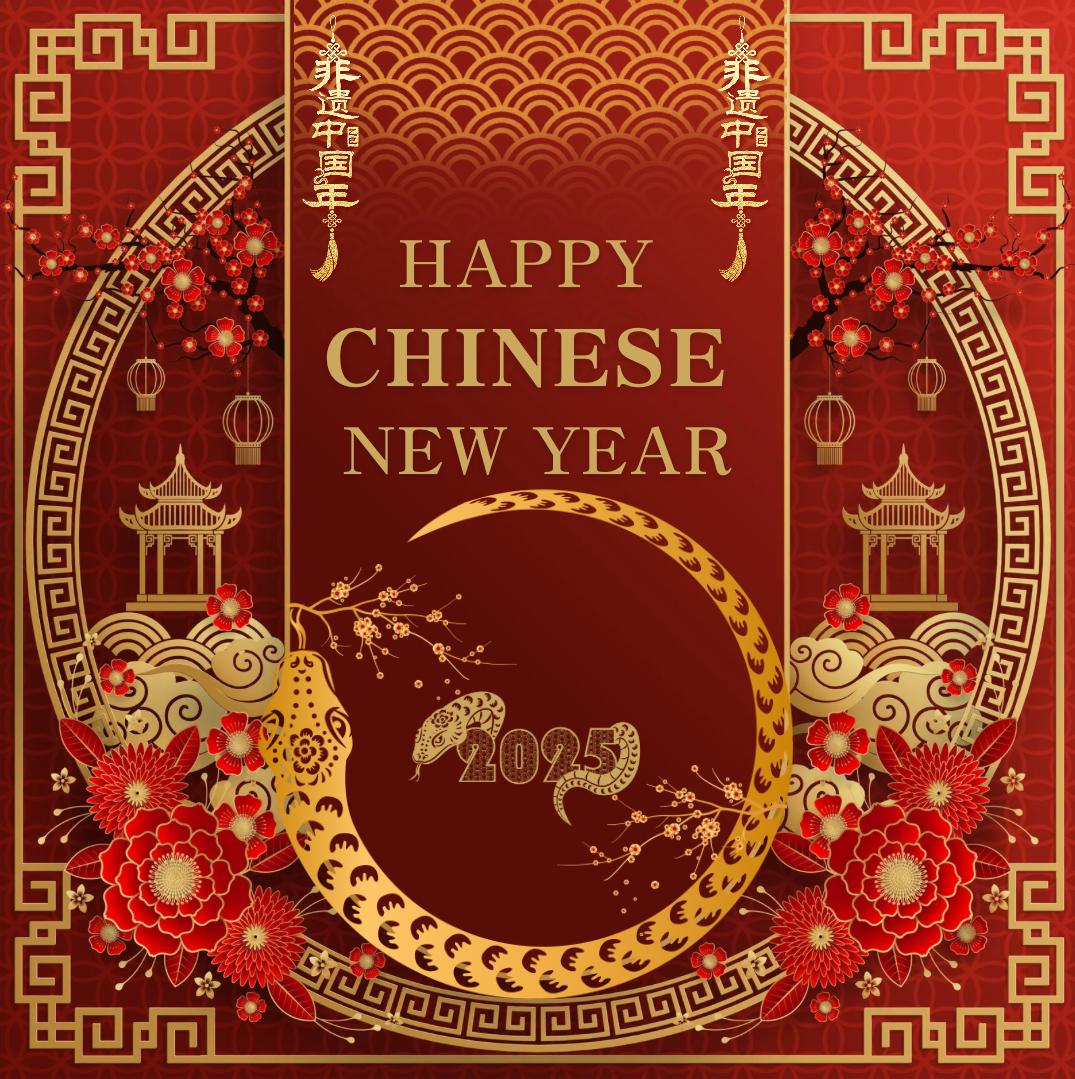
(Graphic/People's Daily Online)
In January, the Chinese will celebrate the Spring Festival, welcoming the Year of the Snake. The Chinese have a more nuanced view of snakes than the negative connotations held by their western counterparts. Snakes are called "little dragons" in China, while according to ancient mythology, the creators of humans are a mixture of human and serpent.
Many people in China consider snakes lucky charms, and in legends, snakes are often thought of as creatures who would return the favor by bestowing prosperity upon humans.
Embark on a cultural journey with People's Daily Online as we explore the snake's representation throughout Chinese mythology, literature, and art.
Nüwa (女娲) and Fuxi (伏羲): The half-snake creators of humans and Chinese civilization

Nüwa repairing the pillar of heaven (File picture)
Nüwa, a lonely Chinese goddess, made people out of clay to provide companionship.
As a result of the Gonggong's (Chinese water god) destruction of Buzhou Mountain, which served as a pillar to hold the sky, the Great Flood swept over the world, wreaking untold suffering amongst humankind. Nüwa felt sorry for the humans she had created and attempted to mend the sky. She collected five colored stones (red, yellow, blue, black, and white) from the riverbed, melted them, and used them to patch up the sky; the sky (clouds) has been multicoloured since then. She then slew a gigantic turtle and severed its four legs to serve as new pillars to sustain the sky. Nüwa completed her mission by scaring away the wild creatures, putting out the wildfire, and stemming the flood with a mountain of ashes from burned reeds, and the world returned to its previous state of peace.
Nüwa Mends the Heavens (女娲补天) is a well-known legend in Chinese culture. The courage and wisdom of Nüwa inspired the ancient Chinese to conquer nature. It has become a favorite subject of Chinese poets, painters, and sculptors and has inspired many poems, novels, paintings, and sculptures.
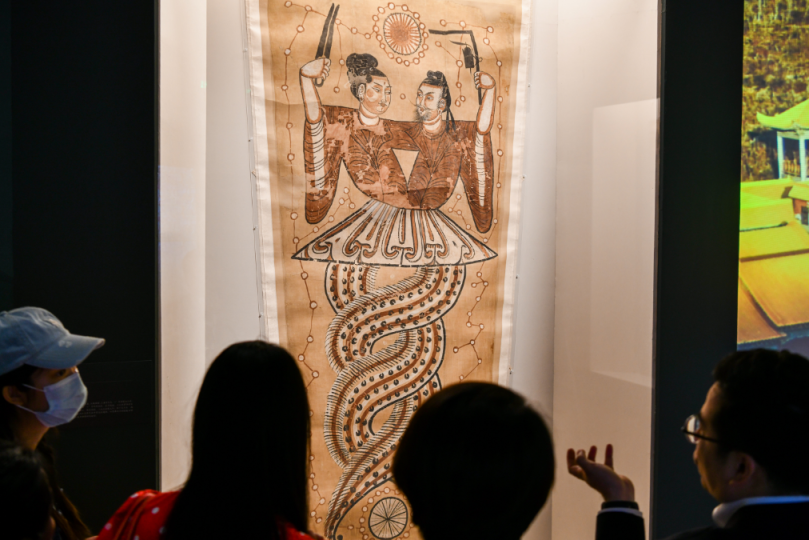
Ancient Chinese painting of Fuxi and Nüwa discovered in Xinjiang, China. (File picture)
One of the legends has it that Nüwa married her brother Fuxi. Fuxi and Nüwa have human heads but serpent bodies because their mother Huaxu (华胥) fell pregnant unexpectedly after treading in a footprint left by the thunder god Leigong (雷公). The duo invented music, hunting, fishing, and domestication.
Ancient Chinese mythology seems to have a fondness for snakes, with both Nüwa and Fuxi possessing serpentine bodies, in contrast to Western myths that view snakes as evil creatures.
They also reflect social conventions, as seen in this Tang Dynasty (618–907 CE) painting of Fuxi and Nüwa discovered in Xinjiang's Astana Cemetery. Nüwa is shown in the photo clutching a compass, while Fuxi is shown with a ruler. "Compass and ruler" (规矩) translates to "standards" in Chinese.
The ancient love story between the Lady White Snake and human
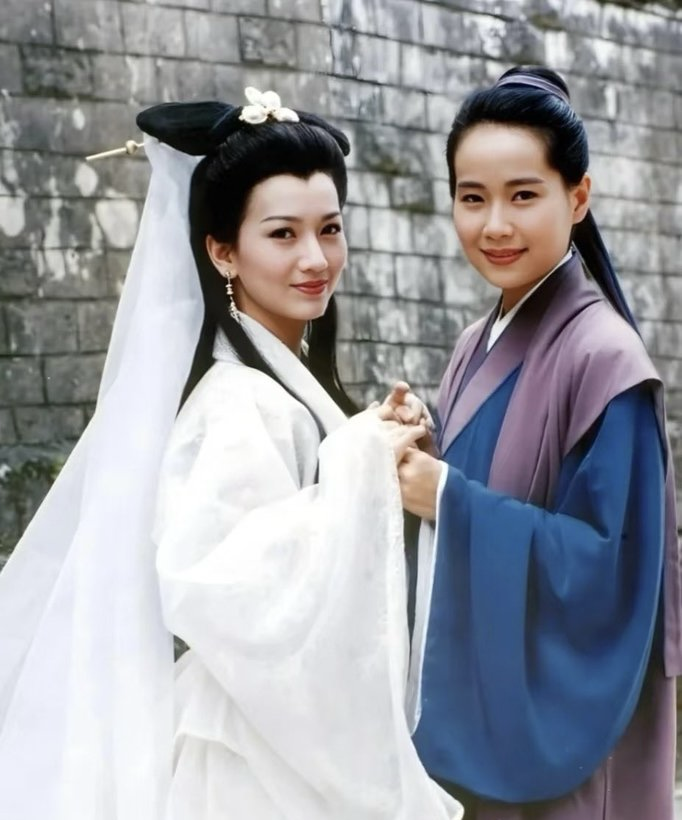
1990s TV series "The Legend of the White Snake". (File photo)
The White Snake Legend is a Chinese legend about a romance between Xu Xian (许仙), a man, and Bai Suzhen (白素贞), a female snake spirit. With a history spanning over centuries, it is considered one of the Four Great Folklores of China. Lady White Snake is well-known in China, and her story was made into a successful 1990s television series.
The current version of the story is based on Chinese writer Feng Menglong's influential "Collection Stories to Caution the World (1624)", in which a white snake, saved by a cowherd boy, decides to become human and repay the favor. The white snake, accompanied by her blue-green maidservant, a fish spirit, discovered and wedded her saviour, Xu Xian.
Lady White Snake used magic to steal money from the local government and help her husband start his clinic. They helped many poor people, but they were despised by a Buddhist monk named Fahai. Fahai deceived Lady White Snake into drinking Realgar wine, exposing her snake form and terrifying the husband to death. In anguish, Lady White Snake journeyed to the underworld, battling the guards to retrieve her husband's soul and resurrect him.
Despite the husband's resistance, the monk persisted in his efforts to separate them and eventually brought him to his temple. In her hysterical wrath, the Lady White Snake summoned a deadly flood. As a result of her transgression, the monk eventually imprisoned her under the Leifeng Pagoda, also known as the Thunder Peak Tower. She remained beneath the tower for a long time, but she was finally allowed to return to her family after her son became a Zhuangyuan, a title bestowed upon the scholar who obtained the highest score on the Imperial examination in ancient China.
Different versions of the narrative have been passed down through the centuries. In several accounts, Lady White Snake's maidservant was originally a male green snake. After losing a magical duel with Lady White Snake, he transformed into a female and became a maid so they could be together forever.
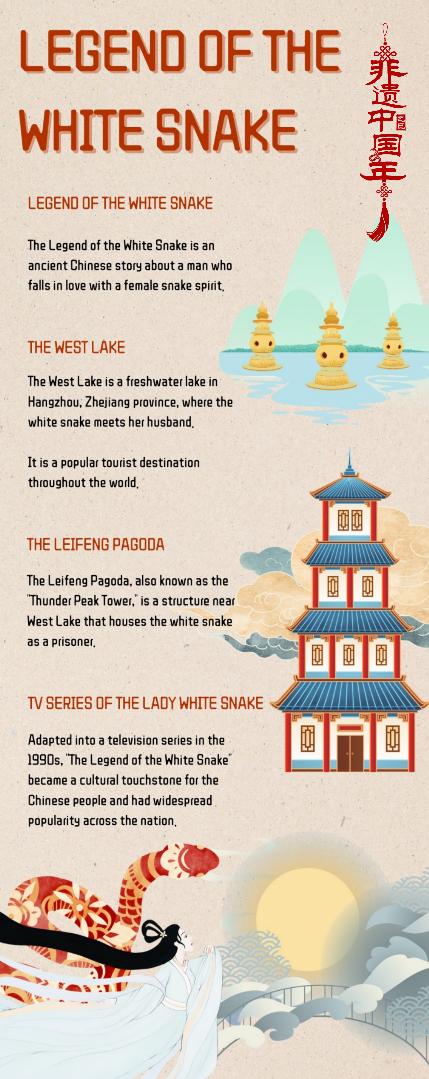
(Graphic/People's Daily Online)
The story's 1992 television adaptation was a huge sensation in China; in fact, many Chinese girls would dress up as the Lady White Snake—a figure as iconic to them as a Disney princess would be to their Western counterparts.
The Leifeng pagoda, which was said to have trapped the Lady White Snake, is still visible today in Hangzhou, east China's Zhejiang province, next to West Lake. It began construction in 975 AD but collapsed in 1924 and was restored in 2002. Since then, it has become a famous tourist destination. Even modern-day young lovers flock to West Lake, the very place where the white snake lady met her lover.
The lucky snake charm
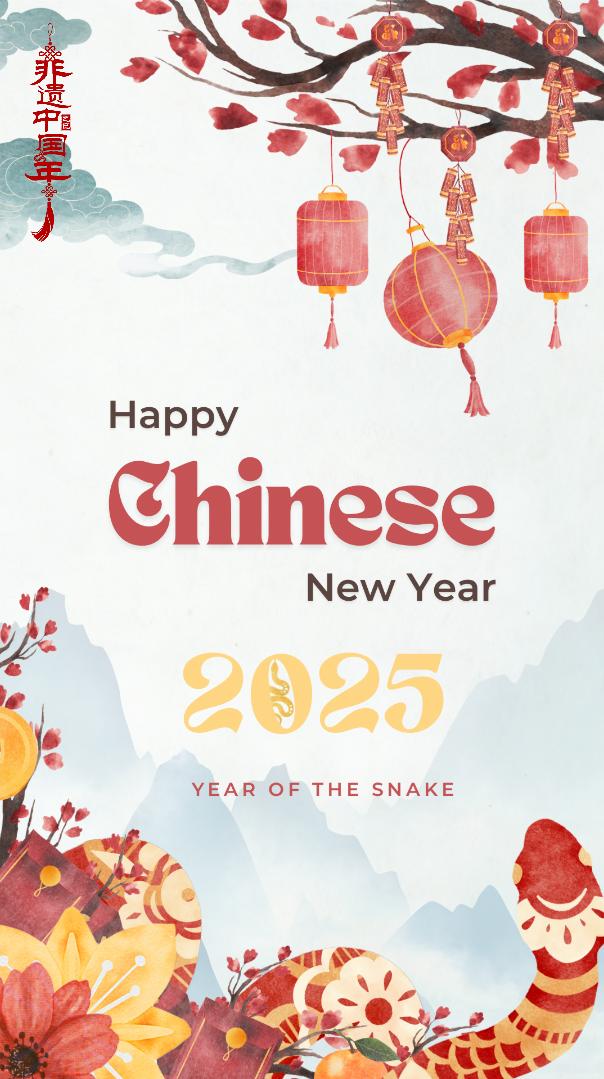
(Graphic Design/People's Daily Online)
The Chinese language is rich with idioms that contain snakes and have pleasant connotations.
蛇雀之报 (The favour of the snake and siskin)
According to legend, the Duke of Sui, living during the Spring and Autumn Period (770-476 BC), saw a large serpent heavily wounded. He administered medicine to the snake, saving its life. After a year, the serpent returned with a pearl as a token of her gratitude.
When a man named Yang Bao was little, he saw a yellow bird being chased by an owl. Yang Bao took the bird home to tend to its wound, and after it was well, it soared away. A young man dressed in yellow came back the following day bearing four rings of white jade as recompense.
This idiom means repaying a favor.
龙蛇飞舞 (flying like the dragon and the snake)
The graceful and exquisite strokes of classic Chinese calligraphy are like the slithers of serpents and dragons, as this idiom puts it.
Photos
Related Stories
- Festive tram celebrates Chinese New Year on The Hague's busiest line
- Celebration of upcoming Chinese New Year held in Myanmar
- Feature: Lao people eagerly embrace Chinese New Year as cultural exchange flourishes
- Lighting ceremony held to mark upcoming Chinese New Year in Malaysia
- Chinese New Year's Eve dinners in high demand nationwide as reservations surge
Copyright © 2025 People's Daily Online. All Rights Reserved.









